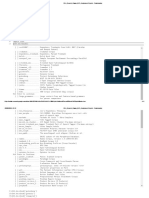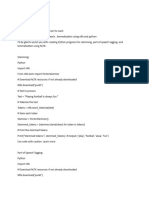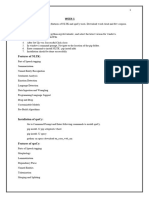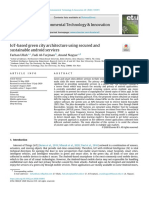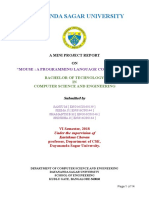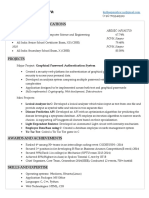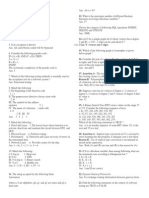0% found this document useful (0 votes)
7 views73 pagesNatural Language Processing Journal
The document outlines a series of practical exercises related to Natural Language Processing (NLP) for a Master of Science in Information Technology program. It includes instructions for installing Python and NLTK, converting text to speech, speech recognition, studying various corpora, and using WordNet for synonyms and antonyms. Each practical exercise is accompanied by code examples and expected outputs.
Uploaded by
anjali.snbpCopyright
© © All Rights Reserved
We take content rights seriously. If you suspect this is your content, claim it here.
Available Formats
Download as DOCX, PDF, TXT or read online on Scribd
0% found this document useful (0 votes)
7 views73 pagesNatural Language Processing Journal
The document outlines a series of practical exercises related to Natural Language Processing (NLP) for a Master of Science in Information Technology program. It includes instructions for installing Python and NLTK, converting text to speech, speech recognition, studying various corpora, and using WordNet for synonyms and antonyms. Each practical exercise is accompanied by code examples and expected outputs.
Uploaded by
anjali.snbpCopyright
© © All Rights Reserved
We take content rights seriously. If you suspect this is your content, claim it here.
Available Formats
Download as DOCX, PDF, TXT or read online on Scribd
/ 73





















